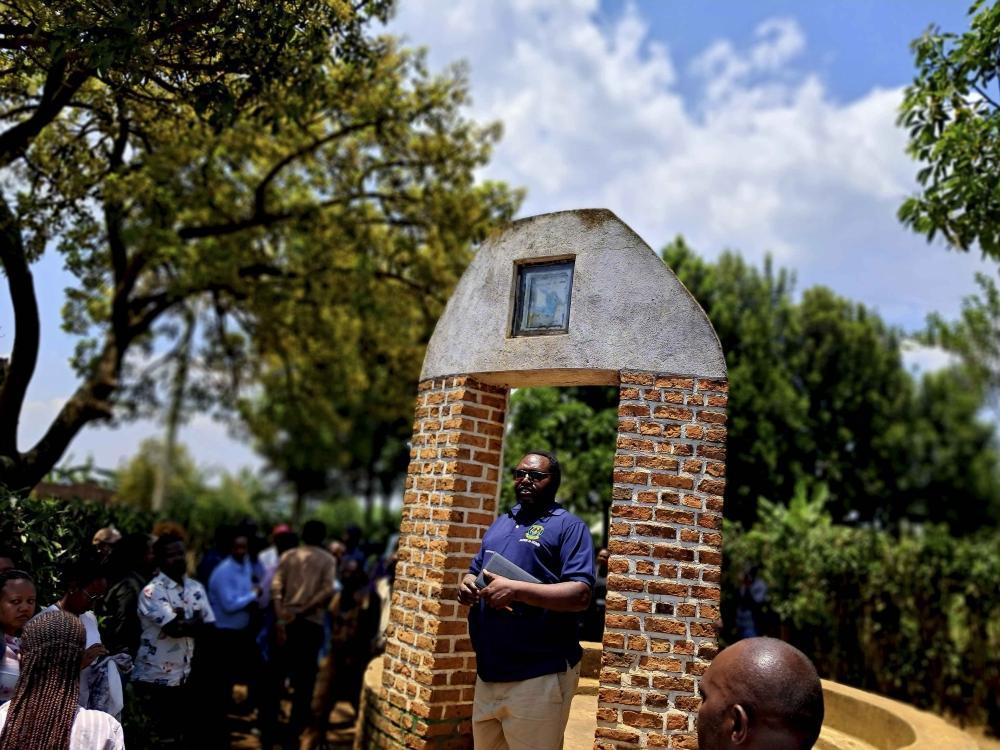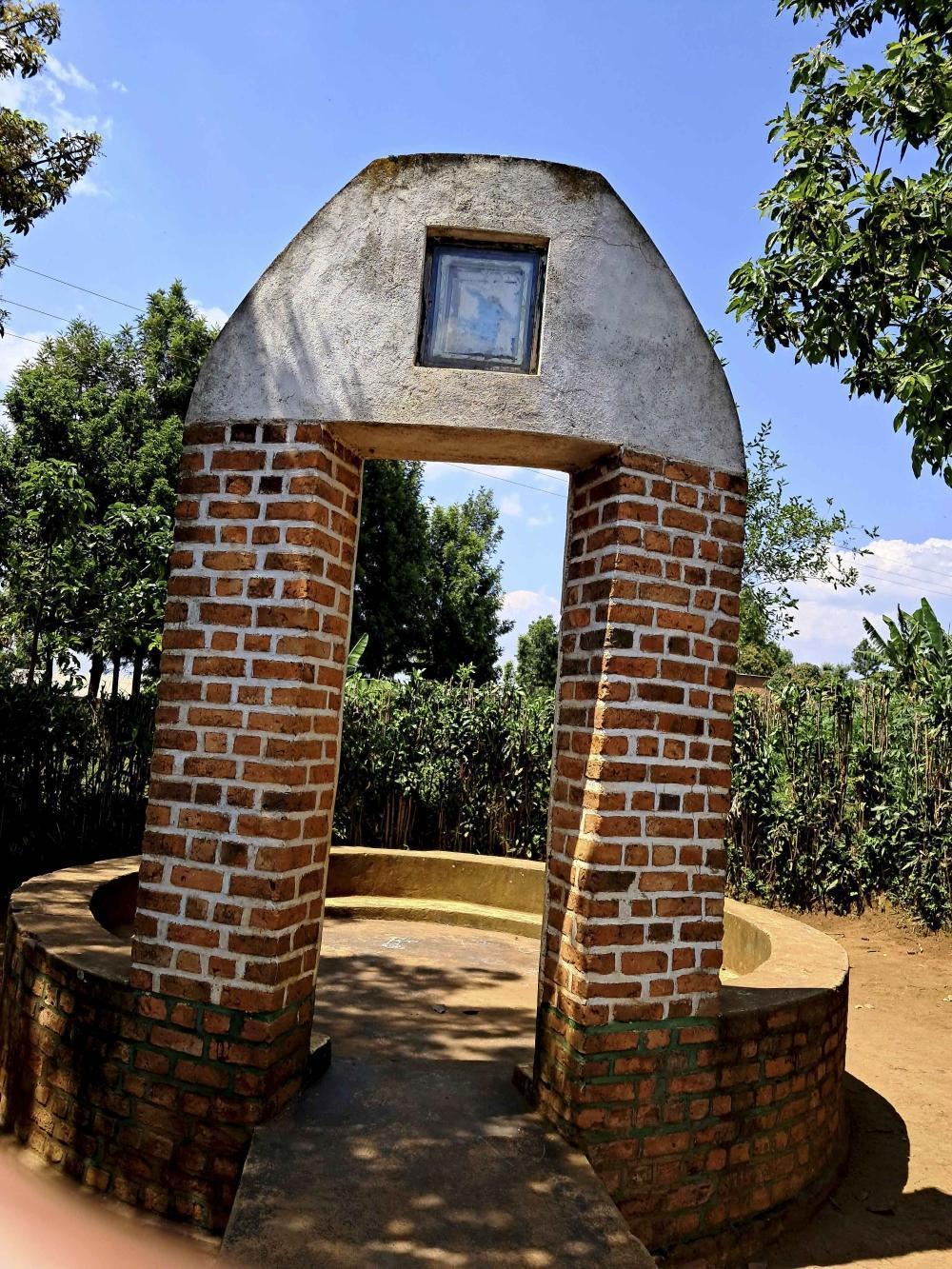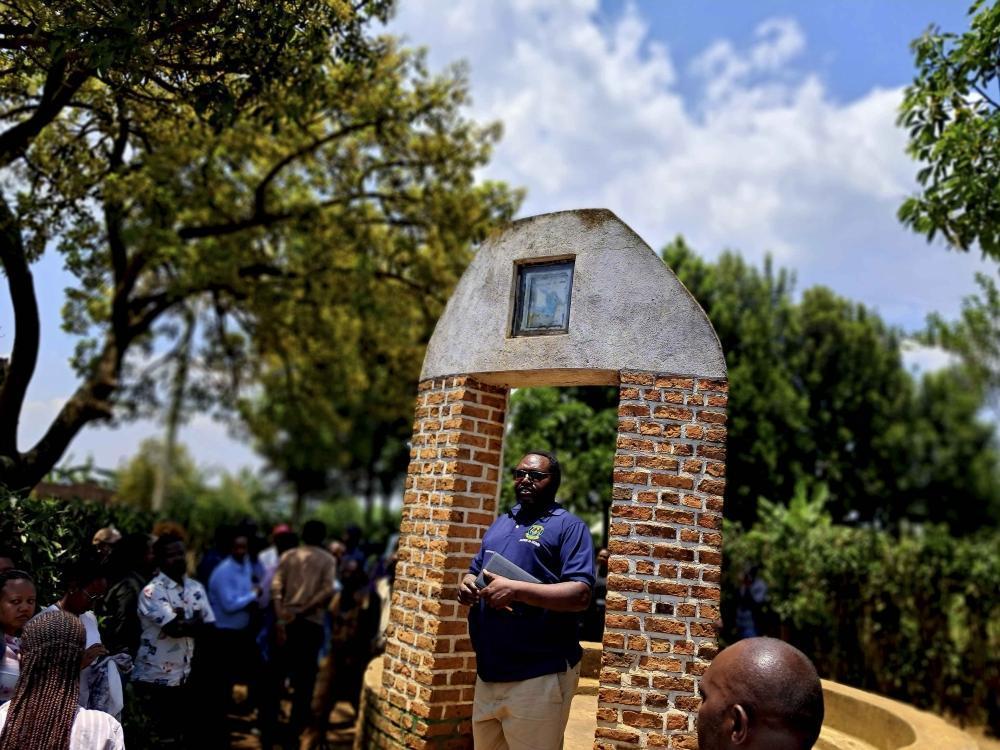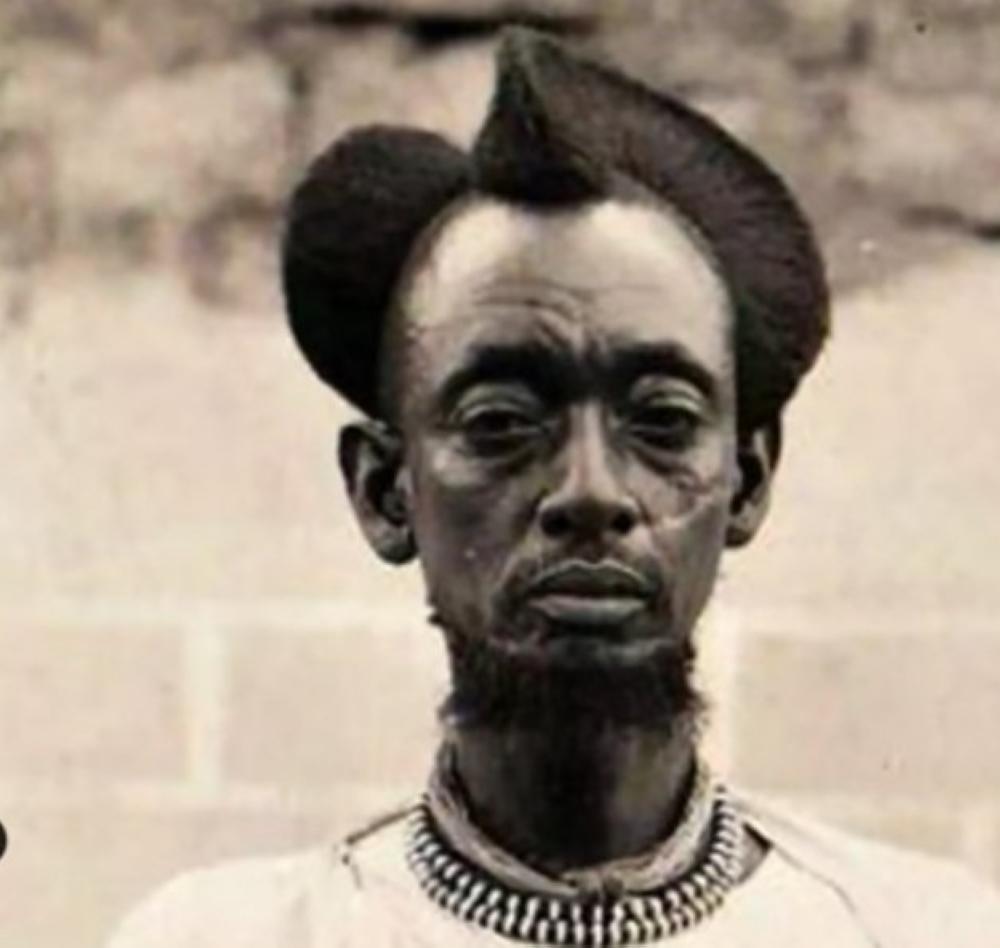Africa-Press – Rwanda. In Rwanda, very few places are known as the final resting sites for the kings and queens of the Rwandan monarchy. One of these rare sites is ‘Rutare’, a gently sloping hill in Nyakavunga Cell, Rutare Sector, Gicumbi District, Northern Province.
However, this historical site remains largely overlooked, and many Rwandans and tourists are unaware of its existence and significance.
Before the arrival of colonialists, Rutare was a burial site (Umusezero) for Rwandan Kings and Queens who passed away naturally—without scars (Ibisare) that means without being killed, or committing suicide.
Today, Rutare Heritage Site is the final resting place of six kings and four queens, including the notable monument of King Kigeri IV Rwabugiri. He passed away (Gutanga) in 1895.
The Kings buried in Rutare are Kigeri I Mukobanya, Mutara I Semugeshi, Kigeri II Nyamuheshera, Kigeri II Ndabarasa, Mutara II Rwogera and Kigeri
The Kings buried in Rutare are: Kigeri I Mukobanya, Mutara I Semugeshi, Kigeri II Nyamuheshera, Kigeri II Ndabarasa, Mutara II Rwogera and Kigeri IV Rwabugiri, the last king buried there, while Queens buried in Rutare include: Nyirakigeri I Nyanguge, Nyirakigeri II Rwesero, Nyiramimbamwe II Nyiratamba and Nyirayuhi V Kanjogera.
Rwandan kings buried in Rutare were typically named Kigeri, Mutara, or Cyirima.
Those named Yuhi were buried in Kayenzi, and those named Mibambwe were buried in Remera y’Abaforongo.
Beyond being a burial site (Umusezero), Rutare also served as a royal residence (Umurwa) for some Rwandan kings. Mutara I Semugeshi lived at Ku-Rurembo, an area above Nyansenge and Lake Muhazi, while Kigeri II Ndabarasa resided near the present-day Rutare Hospital.
However, the site became famous because of King Mutara I Semugeshi (1543–1576), the heir of Ruganzu Ndoli. Initially known as Muyenzi, a name reflecting his war motto, he also bore the names Nsoro II and Bicuba I before eventually adopting the title Mutara I.
According to André Ntagwabira, an Archaeology Research Specialist at the Rwanda Cultural Heritage Academy (RCHA), Mutara I Semugeshi moved to Rutare and lived there for some time before passing away near Musumba in the former Gitarama prefecture. He was later buried in Rutare.
One of the important decisions during Mutara I’s reign was the removal of certain dynastic appellations—Ndahiro, Nsoro, and Ruganzu—due to their associations with tragic royal fates.
This restructuring aimed to establish a distinct Rwandan dynastic identity and what the King ordered was implemented through Ubwiru, Rwanda’s system regarded as a constitution.
The reason behind the name changes
Ntagwabira explains that Mutara I’s predecessor, Ruganzu Ndoli, was killed by Rwanda’s enemy, Biti Bibisi, in Bwisha. This followed the earlier tragic death of Ruganzu I Bwimba, who was also killed by a King of Gisaka as well.
Consequently, the name “Ruganzu” was removed from future monarchs’ titles, as it was believed to bring misfortune rather than the success and resilience expected of Rwandan kings.
Similarly, the name “Nsoro” was discarded because it was shared with kings from other kingdoms, such as Bugesera. Rwandan monarchs sought to maintain unique names that distinguished their dynasty from others.
Lastly, “Ndahiro” was removed due to the defeat of King Ndahiro Cyamatare, which led to Rwanda falling under foreign control. During this period, the sacred royal drum “Rwoga” was seized as a symbol of Rwanda’s subjugation.
The country remained under foreign rule for nearly 11 years, hence the decision to remove the name from the royal lineage.
Before the name Ruganzu was removed from the list of Rwandan Kings, Kings with this title were also buried in Kayenzi. However, Kings who died in battle or by suicide were buried in Butangampundu. These historical burial sites (Imisezero)—Kayenzi, Remera, and Butangampundu—are now located in Rulindo District.
Mutara I’s reign also saw the rise of the Imandwa religious sect, believed to have been imposed to combat a great epidemic. The sect’s rituals and beliefs were integrated into Rwandan society, although with controversy surrounding its practices.
However, four names—Cyilima, Kigeli, Mibambwe, Yuhi—were retained, with Mutara added to the cycle, each carrying symbolic functions and responsibilities, including the establishment of succession protocols.
Visitors at Rutare Site
Due to colonial influence, later Rwandan kings were not buried in Rutare or these historical sites. Instead: Mutara III Rudahigwa and Kigeri V Ndahindurwa were buried in Mwima, Nyanza District.
Yuhi V Musinga died in exile in Moba, then Zaire which is now DR Congo after being banished by colonial authorities.
The site remains unknown and idle, with the only notable symbol being the monument of King Kigeri IV Rwabugiri. Other graves are marked by traditional trees like Imivumu and Imisezero, commonly planted near royal burial sites.
Mwami_Kigeri_IV_Rwabugiri
However, Rwanda’s cultural body, told The New Times that it is collaborating with the Rwanda Development Board (RDB) to enhance heritage tourism by identifying and marking places in Rutare, believed to be the resting place of remaining kings and queens resting there.
Rwanda has over 550 heritage sites, and efforts are underway to install signs and monuments to attract history enthusiasts and boost tourism.
For More News And Analysis About Rwanda Follow Africa-Press










